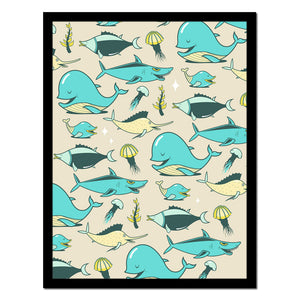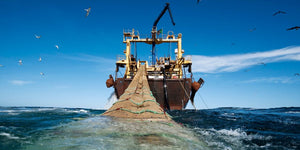
There And Back Again by Dabs Myla
Standard: Edition of 50 signed & numbered
6-Color Screen Print on 100lb Cougar Fine Art Paper
Variant: Edition of 20 (signed & numbered)
6-Color Screen Print w/ Metallic & Glow In The Dark Inks on 100lb Cougar Fine Art Paper
18" x 24"
Printed by Seizure Palace Screen Printing
About The Artist
A lot of the time when we explain to people what we do and how we work they say...
"Man..you work together, and you are a couple! I'd end up killing my girlfriend/boyfriend if we collaborated on everything we did!"
I guess we are pretty lucky...two peas in a pod!
Two crazy, work-a-holic, mad dorks in a pod!
After years of living, painting walls and working together we have only become closer, stronger and even more in sync. Every day we wake up, paint all day...and keep each other entertained with constant chatter and stupid jokes.
Who could ask for more out of life!!
We are both originally from Melbourne Australia, and have been living and working in LA for the past four years, soaking up the sun and chaos that surrounds us.
About Coral Reefs
The open ocean, or pelagic zone, is the area of the ocean outside of coastal areas, and where you’ll find some of the largest marine life species. The pelagic zone is separated into several subzones depending on water depth, and each provide habitat for a variety of marine life.
The area of the open ocean where sunlight shines through the water is called the photic zone. Most life in the open ocean is found in the photic zone. Marine life in the pelagic zone includes wide-ranging animals such as cetaceans like dolphins and whales, large fish such as bluefin tuna and sharks and invertebrates such as jellyfish.
Rampant unregulated industrial fishing has caused the loss of 90% of the oceans’ large fish that once resided in the open ocean. Science currently estimates that global fish stocks could be in full collapse by midcentury if regulations, patrolling and enforcement are not put into place. Other critical, manmade threats to the open ocean include plastics, pollution and warming sea temperatures.
The Story Behind
There and Back Again
Dabs Myla

About the Artist
DABSMYLA





